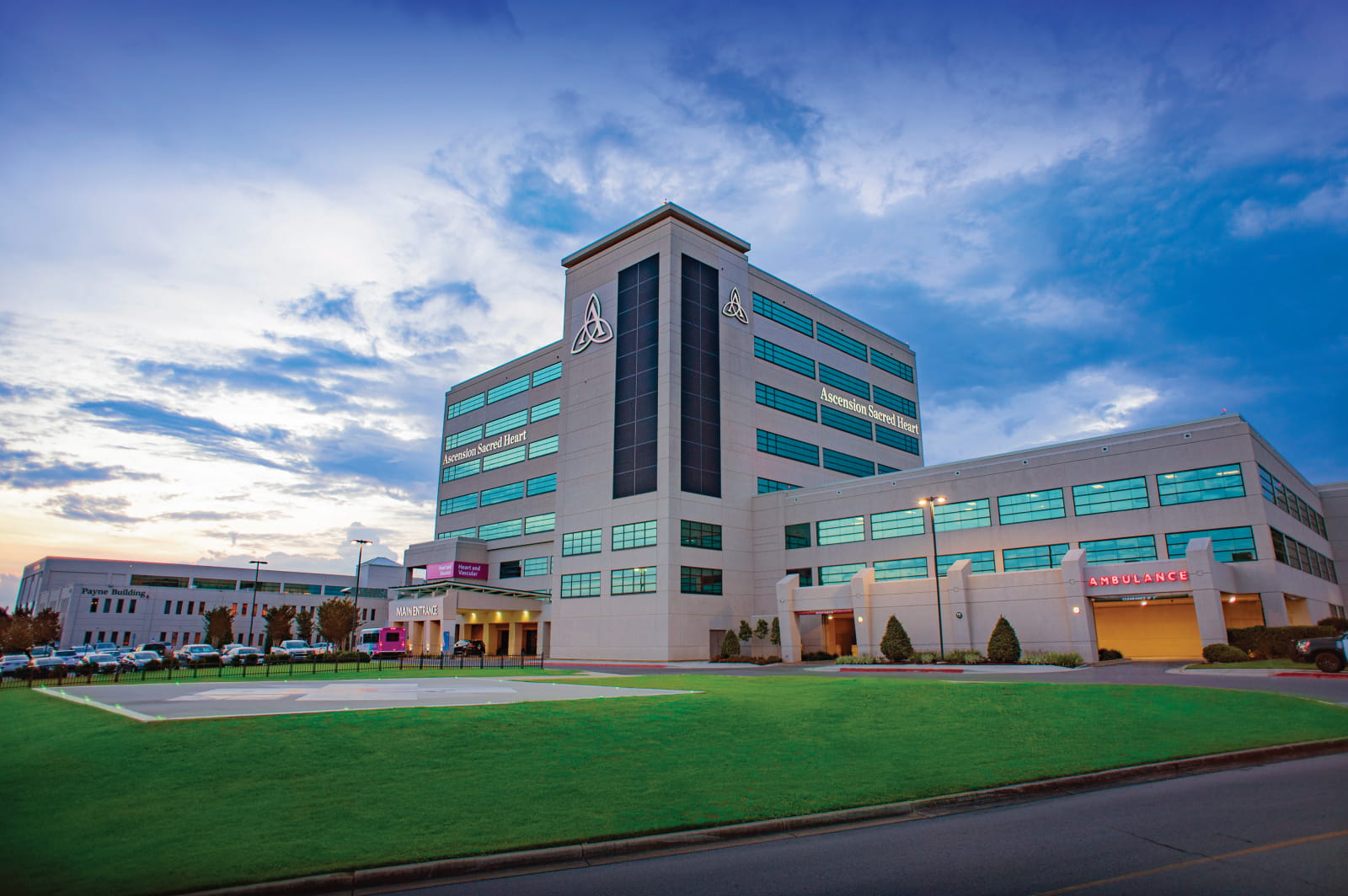On the day of treatment, a head frame is placed on the patient under local anesthesia with mild sedation. The head frame is needed to develop a precise treatment plan and keeps the head in a fixed position to maximize accuracy during treatment.
After the head frame is attached, the patient undergoes diagnostic imaging (MRI, CT or Angiogram). Information from the imaging study is transferred into the state-of-the-art treatment planning system and the Gamma Knife team will then develop a treatment plan tailored to fit each patient's case.
When the treatment plan is completed, the patient is positioned in the Gamma Knife. The focused radiation targets the lesion, leaving the surrounding brain tissue virtually unharmed. Treatment times vary depending on the condition treated.
When the treatment is over, the patient is taken out of the machine and the head frame is removed. Most patients will be observed for a period of time and are released. However, some patient may be required to stay overnight in the hospital. Most individuals return to normal pre-treatment activities within two or three days.
Advantages and Benefits of Gamma Knife Surgery
- Designed specifically for the treatment of brain and head/neck disease(s)
- A safe, proven treatment option with over 40 years of clinical research with over 3,000 peer-reviewed clinical articles and more than 700,000 patients treated worldwide
- Most precise form of radiosurgery available with an accuracy of better than 0.5mm
- Uses a multidisciplinary team of specialists including neurosurgery, radiation oncology, and physics to ensure each patient case is appropriate for treatment, and provides each patient with a custom treatment plan
- Single (one), outpatient treatment session with NO incisions
- Fewer risks than open surgery with NO general anesthesia required
- Rapid recovery and return to pretreatment activities, typically in 24-72 hours, requiring no or very little rehabilitative services
- Covered or reimbursed by most major insurance companies, including Medicare
- Typically does not impede or interrupt ongoing chemotherapy
- Can be used as a primary or supplemental treatment option in combination with surgery, chemotherapy, or other forms of radiation therapy
- Has radiation shielding levels that are up to 100 times better than alternative technologies
